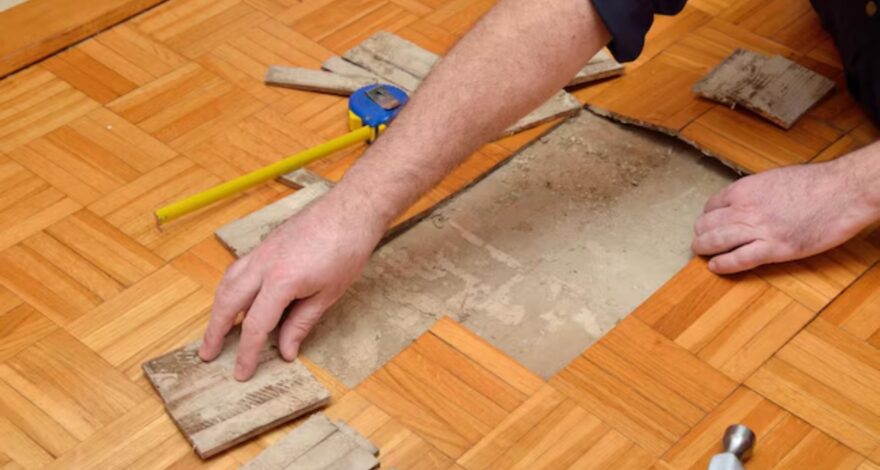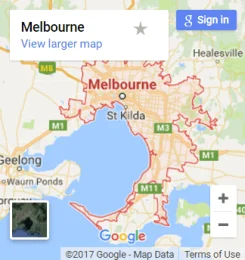Ever found yourself staring at your hardwood floors, thinking they could use a little TLC but dreading the mess and hassle? Enter the floor sander, your new best friend in home improvement!
If you’re new to the world of floor sanding, the thought of renting and operating a sander might seem a bit daunting. But fear not!
We’re here to guide you through the process of floor sander hire in Melbourne, ensuring you’re fully prepared to tackle your project confidently.
The Floor Sander: Your Secret Weapon for a Fresh Look
Imagine this: you’ve just finished a major home renovation, and your wooden floors look like they’ve seen better days.
A fresh coat of stain or finish could make all the difference. That’s where a floor sander comes into play. It’s a powerful tool that can turn worn-out floors into a smooth, shiny surface. However, before diving in, let’s explore what you can expect when you hire one for the first time.
Understanding Floor Sanders: The Basics
Before you even think about renting a floor sander, it’s essential to understand what this tool does. A floor sander is designed to strip away old finishes and smooth out imperfections in wooden floors. There are a few different types of sanders you might encounter:
- Belt Sanders: These are heavy-duty machines ideal for large, open areas. They use a continuous sandpaper belt to remove old finishes and level the surface.
- Orbital Sanders: Orbital sanders are more user-friendly and suitable for smaller areas or detailed work. They vibrate to sand the floor.
- Edge Sanders: As the name suggests, these reach the room’s edges where other Sanders might not reach.
Each type has advantages, so choosing the right one for your project is crucial.
Preparing for Your First Rental: What You Need to Know
1. Assess Your Project
Before heading to a rental store for floor sander hire in Melbourne, look at your floors well. Are they heavily worn, or do they just need a light touch-up?
This assessment will help you determine which type of sander you need and how much sanding is required.
2. Gather Your Supplies
Besides the sander itself, you’ll need several other items to get the job done right:
- Sandpaper: Different grits for different stages of sanding (e.g., coarse for initial sanding, fine for finishing).
- Vacuum Cleaner: To clean up the dust created during sanding.
- Floor Finish: If you plan to refinish the floor, pick up the stain or sealant you want to use.
- Protective Gear: Safety glasses, dust masks, and ear protection.
3. Rent the Right Equipment
When you visit a rental shop, ask about the available sanders and their suitability for your project. The staff should be able to guide you based on the size of your area and the condition of your floors.
Choose a reputable store for your floor sander hire in Melbourne to ensure you get well-maintained equipment.
Using the Floor Sander: Tips for Success
1. Read the Manual
It might seem like a no-brainer, but taking a few minutes to read the sander’s manual can save you a lot of headaches.
Understanding how the machine operates, including changing sandpaper and adjusting settings, will make the process smoother.
2. Start with a Test Area
Before you tackle your entire floor, test the sander on a small, inconspicuous area. This will help you understand the machine and how it interacts with your wood.
3. Sand in the Right Direction
Always sand in the direction of the wood grain to avoid creating scratches. This will also ensure a smoother finish.
4. Keep the Sander Moving
Don’t stay in one spot for too long. Move the sander in steady, even strokes to avoid creating uneven patches.
5. Clean Up Thoroughly
After sanding, vacuum up all the dust before applying any finish. Dust can interfere with the adhesion of stains and sealers.
Post-Sanding: What Comes Next?
1. Assess the Results
Once you’ve finished sanding, examine your work closely. Are there any spots that need additional sanding? If so, go over them lightly.
2. Apply Finish
You can apply your chosen finish with the sanding complete and dust cleared. Depending on your preference, this could be a stain, varnish, or sealant.
3. Let It Dry
Allow ample time for the finish to dry before walking on the floor or placing any furniture back. This ensures that your hard work results in a smooth, professional-looking finish.
Troubleshooting Common Issues
Even with careful preparation and execution, things might not always go as planned. Here are a few common issues you might encounter:
- Uneven Sanding: If you notice uneven patches, it might be due to inconsistent sanding techniques or old floor finishes that were not completely removed.
- Dust Problems: Excessive dust can come from using the wrong sandpaper grit or not cleaning the floor properly. Ensure you use the correct sandpaper for each stage and vacuum thoroughly.
- Sanding Marks: If sanding marks are visible, you may have used too coarse grit or stayed in one place too long. Lightly sand over the affected areas with a finer grit.
Conclusion: Ready to Transform Your Floors?
Renting a floor sander for the first time might seem like a big step, but it can be a rewarding project with the right preparation and knowledge.
By understanding the basics of floor sander hire Melbourne, preparing adequately, and following proper sanding techniques, you can achieve a professional-looking finish that revitalises your wooden floors. Total Floor Sanding and Polishing experts specialise in giving new life to your home a polished floor, offering top-tier floor sanding Melbourne services.
Our professional floor sanders expertly handle any damage to your timber floors, leaving them with a beautiful shine.


